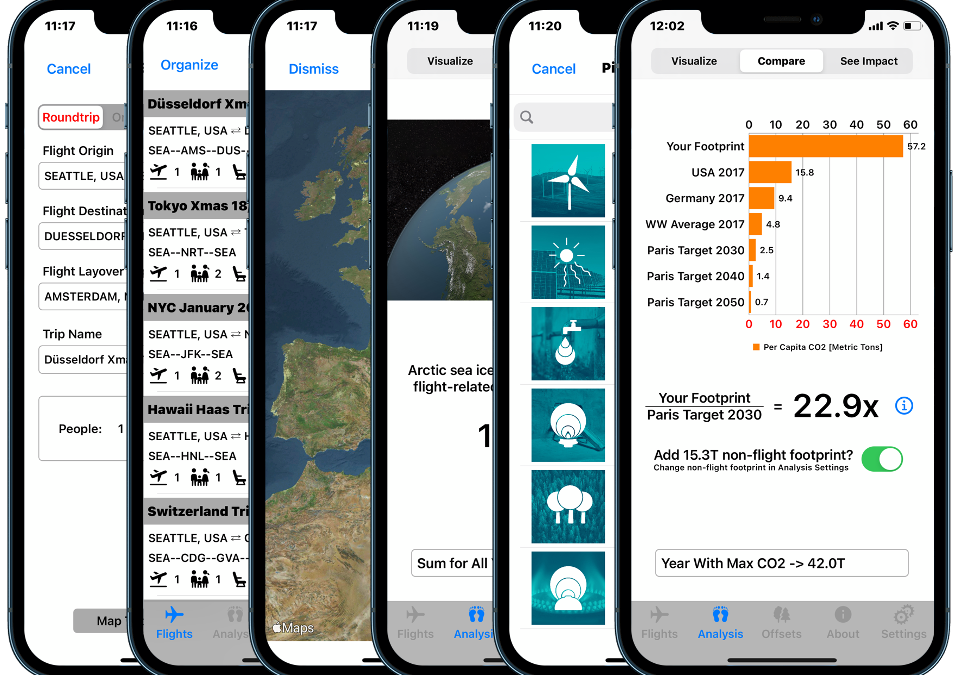How Travel is Contributing to the Climate Emergency
Tourism is responsible for roughly 8% of the world’s carbon emissions. From plane flights and boat rides to souvenirs and lodging, various activities contribute to tourism’s carbon footprint. The majority of this footprint is emitted by visitors from high-income countries, with U.S. travelers at the top of the list. As the number of people who can afford to travel grows, so will tourism’s environmental footprint.
Today, transportation is tourism’s main source of greenhouse gas emissions. On average, planes and cars generate the most CO2 per passenger mile, with tour buses, ferries, and trains coming well behind. In recent years, the number of people traveling internationally skyrocketed as airfare became more affordable. Similarly, between 2005 and 2016, transport-related tourism emissions increased by more than 60%.
Getting from here to there is the most basic component of tourism. Planes, cars, trains, boats, and even hot air balloons allow us to explore destinations all around the world. However, all of our jet-setting and road-tripping comes with a hefty carbon footprint.
Be open to learn about some of the different ways that travel produces CO2.
Check your personal travel carbon emission with JetsetIQ

